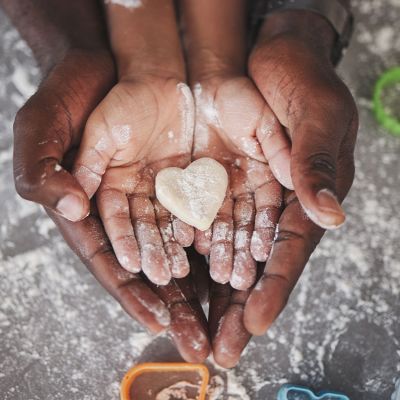Written by Samuel Ip (Intern)
The notion that our planet is in a state of decline is no longer a foreign concept. As we witness the tangible effects of climate change, environmental degradation, and social inequalities, this idea has transcended the realm of abstract concern. The urgency of addressing the sustainability of our society has become an undeniable reality, compelling us to explore proactive solutions on both global and individual scales. In response, the United Nations has introduced the Sustainable Development Goals (SDGs), a transformative agenda that aims to reshape the global landscape by 2030. As a guide for nations and stakeholders, these goals aim to integrate sustainable development into countries’ policies. The anticipated outcomes of such changes should primarily manifest in society’s economic, social, and environmental spheres. Under these three pivotal aspects, there are 17 goals.
Quality education (SDG 4) emerges as a pivotal pillar within the array of multifaceted challenges that the SDGs are designed to address. This pillar stands as a linchpin in our journey toward sustainability due to its intersection with multiple other SDGs. By nurturing an environment of inclusive and quality education for all, we equip individuals to break free from intergenerational poverty (Contributes to SDG1), bridge gender disparities (Contributes to SDG5), and foster environmental awareness and sustainable practices (Contributes to SDG 13).
There is some progress to highlight regarding SDG 4. i) The global primary school completion rate reached 84% in 2018, up from 70% in 2000 and is expected to reach 89% by 2030 under current trends. ii) The global adult literacy rate (aged 15 years and older) was 86% in 2018, while the youth literacy rate (aged 15 to 24 years) was 92%.

While the statistics on primary school completion and literacy rates are promising, it’s crucial to acknowledge that disparities persist across regions. Therefore, ensuring equitable access to education and addressing factors that discourage participation remain pivotal objectives. Beyond the corridors of policy and international collaboration lies the immense potential of individual action.
How Could We Be Part of Sustainable Development?
One may inquire about their role in this seemingly ambitious and substantial cause. One such action is supporting education initiatives; you can search and donate to organisations that improve access to education for the marginalised and the disadvantaged. Also, offer your time and skills to volunteer in your church or NGOs to help students struggling academically.
Education is not limited to formal schooling. Promote lifelong learning opportunities by engaging in continuous learning yourself and encouraging others to do the same. This also contributes to the progress of SDG 4.
In essence, the canvas of sustainable development is not confined to the actions of governments and international organisations alone. It is a canvas onto which every individual can paint their mark, creating a masterpiece of positive change. With each empowered choice, every deliberate action, and the collective efforts of a global community, we inch closer to the harmonious future envisioned by the Sustainable Development Goals—a future that belongs to us all.
ARTICLES OF THIS ISSUE
Written by Clara Chiu (Head of Partnership Development) Start children off on the way they should go, and even when th…
Written by Rebecca Lee (Programme Consultant) When we speak of ‘children’s ministry’, the provision …
Written by Samuel Ip (Intern) The notion that our planet is in a state of decline is no longer a foreign concept. As w…
Written by Dr. Kevin CHENG Shun Kai (Former professor of Theology and Ethics at China Graduate School of Theology) Scr…






